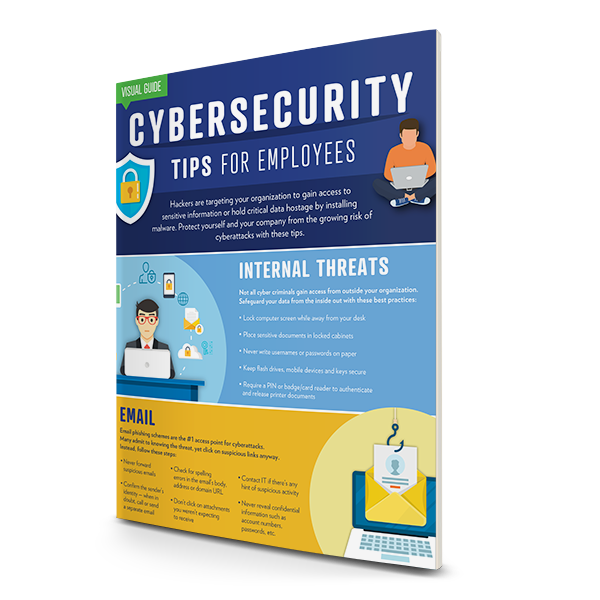Are you using Windows 7 in your office? Most of us don’t spend too much time thinking about what version of Windows we’re using, but upcoming changes will make that an important issue to a lot of people within the next year.
Windows 7 is one of Microsoft’s most popular products and many people still use it. The only problem is that Microsoft isn’t going to support the operating system much longer. If this seems like a familiar warning, you probably remember the end-of-life deadline for Windows XP when a similar sunsetting event affected the majority of PC users a few years ago.
If you’re running Windows 7, you are in good company. According to NetMarketShare, 41% of all PC users’ operating systems use Windows 7 while only 37% have moved on to the latest operating system, Windows 10. But like all operating systems before it, Windows 7 is approaching the end of its lifecycle, making an upgrade essential for the safety of your PC.
When Does Support for Windows 7 End?
Microsoft ended mainstream support for Windows 7 on January 13, 2015, but extended support won’t end until January 14, 2020. Windows Server 2008 support will end at the same time, so if your backend systems are running on this platform, your entire enterprise will be unsupported.
If your company operates under federal regulations like HIPAA or you work for a law firm or in financial services, upgrading is not optional. In many industries, you have to do something in order to remain in compliance with the legal, regulatory and professional standards which mandate technical competence and strict personal data privacy protections for your customers, patients and clients.
Will I Still Be Able to Use Windows 7?
The short answer is yes. However, you will be vulnerable to security breaches and bugs discovered after January 14, 2020, even though your software will still run. Right now, if a bug or virus is found that affects Windows 7 or Server 2008, Microsoft will fix or patch the vulnerability. After the end-of-life date, the company absolves itself of any responsibility.
What Do I Need to Do to Be Ready for the Windows Update?
Microsoft recommends that companies plan a transition from Windows 7 to Windows 10 now so you will be ready for the 2020 deadline. But if you wait until a year from now, unexpected complications or organizational challenges could complicate your efforts.
What sort of complications? Well, try to think of the last time you went through a software upgrade that went without a single hitch. Some Microsoft users have reported unexpected hardware incompatibilities and conflicts with their existing software packages. No one wants to go into the holiday season and suddenly find they can no longer run their accounting software.
How Can I Ensure a Smooth Transition to Windows 10?
The fact is that changing systems takes time and careful planning. Identify which machines need to be upgraded or replaced. Decide if your existing software is up to date, or if it makes sense to roll a software update into your plans. If you can do all this at once, put together a timeline and budget. If you can’t replace outdated software programs immediately, put security controls in place to protect your business until you are able to do so. Finally, set up employee training so that you can go over the new system together.
Why is This Happening?
Microsoft’s product life cycles last about 5 to 10 years. As a business owner, keeping your software up to date is an important part of managing your technology so you can plan and budget your needs as an organization.
The good news is that with the introduction of Windows 10, Microsoft has been promoting something called Windows as a Service (WaaS), which offers continuous support for current products like Windows 10. That means you will no longer have to install new versions of Windows when they reach the end of their lifecycle. Instead, the product will be continuously updated and supported.
Microsoft is also pushing users to move from the desktop Office paradigm into an Office 365 subscription and the cloud. Microsoft's Modern Desktop initiative includes Windows 10, Office 365 and Enterprise Mobility + Security (EMS).
If your business is still using Windows 7, it’s important to start planning now for the Windows 7 end-of-life date. If you aren’t sure where to begin with this process, Elevity can give you the help you need. Just reach out.





%20cropped.jpg)



